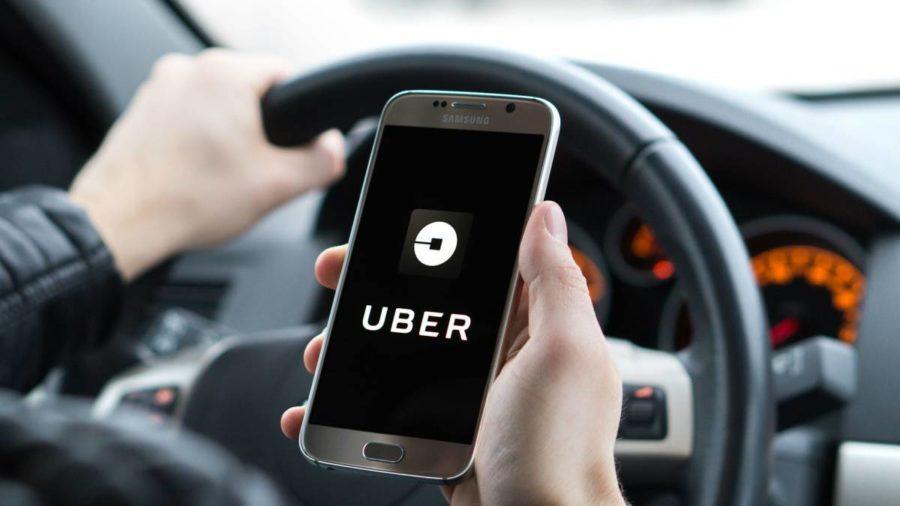By Andrew Chesterton
Uber had planned to have as many 75,000 self-driving vehicles on its fleet in 2019, part of a broader plan to introduce a robo-taxi service in 13 American cities by 2022.
And the company was pumping money into the plan at an incredible rate, with documents tendered as part of a trade secret lawsuit brought by Google-backed rival Waymo revealing the ride-share service was spending US$20m a month on the prgram back in 2016, according to the TechCrunch website.
The report details internal modelling that shows, as of 2016, Uber predicted it driverless cars would become a profitable part to its business by 2018, with as many as 75,000 driverless vehicles on the road this year. That vision is yet to occur, of course, and Uber is now reportedly seeking a US$1b funding boost to supercharge its self-driving plans, according to reports in the Wall Street Journal.
For now, though, Uber’s driverless-car program remains in test mode, with a pilot program paused and then scaled back following a fatal accident with a pedestrian in Arizona last year.
To know more about robo-taxis, we recommend you to read this: Gauging the disruptive power of robo-taxis in autonomous driving

Uber spent $28m per month on robo-taxis
Posted by
Jimmy_Lecar
6 years Ago
3rd July 2019
Shares
What’s your reaction?
Shares
Jimmy_Lecar














